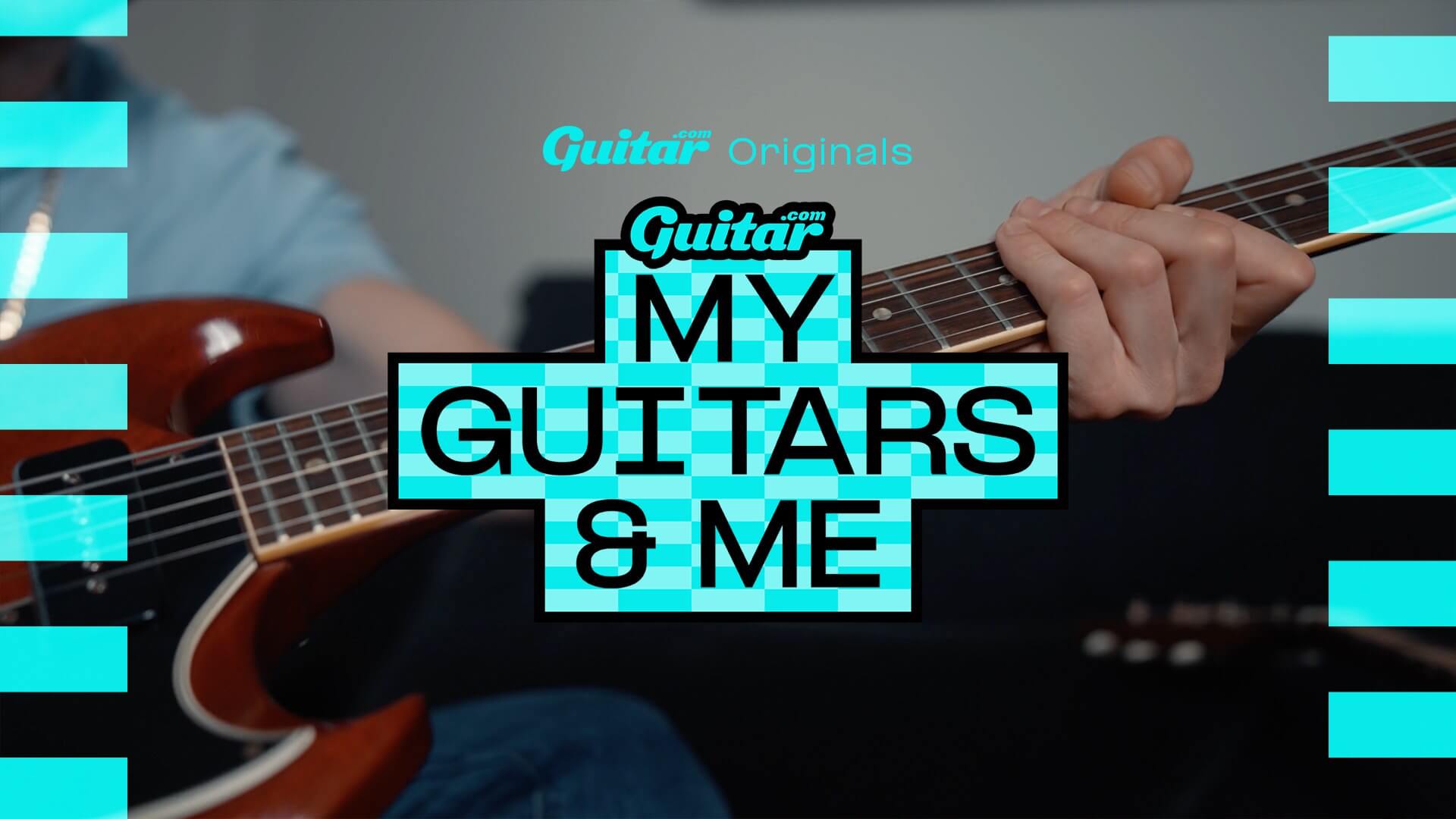“Only because I am a very strong individual am I able to even discuss this”: The “tragedy” that saw Ted Nugent lose his first Gibson Byrdland
“Thank God I can improvise, adapt and overcome tragedies, because that asinine decision could really haunt me if I were to let it.”

Image: Gary Gershoff / Getty
Back in the 1960s, Ted Nugent began playing the Gibson Byrdland hollow body guitar. In fact, he became quite famous for doing so.
He utilised its hollow shape to experiment with feedback, but it seems the tactic fatefully backfired one day, seeing his Byrdland destroyed as a wall of amps collapsed straight on to it.
This disastrous moment took place in 1969 during the first Detroit Rock & Roll Revival festival. Nugent played there as part of the Amboy Dukes, when things went wrong in a flash. Speaking to Guitar World, he recalls the tragic tale, explaining how a slight wardrobe hitch caused the chaos to unfold.
“Young Ted was not well versed in the controlled discipline realm when it came to exploring athletic acrobatics as the music drove me wild,” he says. “I get so damn possessed by the music that I find myself leaping from amp tower to amp tower, to drum riser and back and forth, here, there and everywhere on stage.
“At the Detroit festival I was wearing a long-fringed white jumpsuit, and as we crescendoed for the umpteenth time that day, I let the mighty Byrdland feedback ferociously against my Fender amp wall, bowing down to the howling beast, and backed off to do my end-of-set flying leap over the amps,” he explains.
“For some stupid reason, my fringe snagged on something in midair and I crashed headlong into a Twin and the whole wall of amps collapsed onto my beautiful blonde Byrdland!”
Nugent took a box filled with pieces of the broken guitar to master luthier Dan Erlewine following the incident. Further in the interview, Elrewine says he “did his best” for Nugent.
“I cleaned and glued the large open split areas and long cracks with Titebond ali-phatic-resin glue. There were many small chips of wood free from the guitar with finish clinging to them that I glued in place. However, where there were missing pieces, I used both clear and amber ‘stick lacquer’ to melt into the empty spots and then level and polish them into the existing finish,” he remembers.
Thankfully, Erlewine managed to get the guitar back in good shape, given the damage it had gone through, but Nugent eventually decided to no longer use it on future recordings or at any gigs.
He continues: “Only because I am a very strong individual am I able to even discuss this very painful, royal clusterfuck! Being the ultimate dumbass, having no clue of the potential value of a Ted Nugent original Byrdland, and since she would never make music with me again, I foolishly donated her to the Hard Rock. Somebody, please shoot me! We did try to get her back over the years, but to no avail. Thank God I can improvise, adapt and overcome tragedies, because that asinine decision could really haunt me if I were to let it.”



